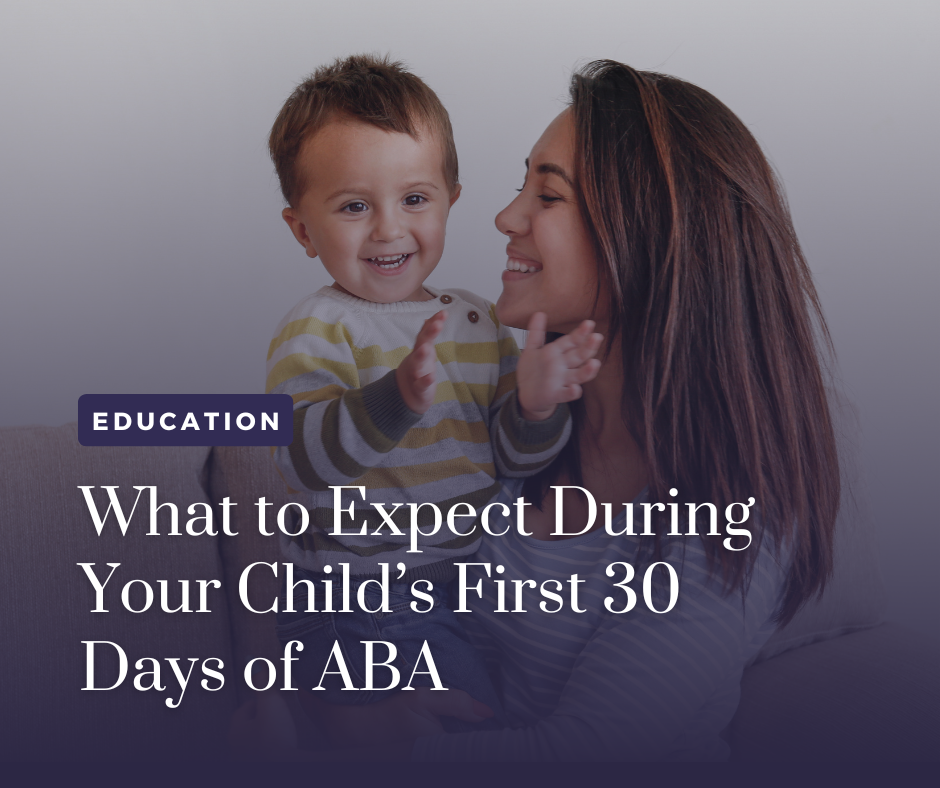ABA, Speech, and OT: How Are They Different and Why They All Matter
- Jasmine McCaskey

- Aug 12, 2025
- 2 min read
Updated: Sep 3, 2025

When navigating services for your child, it’s easy to feel overwhelmed by all the acronyms—ABA, SLP, OT. What do they mean? Which one is the most important? The truth is, while each discipline has a unique focus, they often work best when they work together.
At Essential Speech and ABA Therapy, we’re proud to offer collaborative care that includes Applied Behavior Analysis (ABA), Speech-Language Pathology (SLP), and Occupational Therapy (OT). Here’s a quick breakdown of how each service supports your child and why having all three on your team can make a big difference.
Applied Behavior Analysis (ABA)
As a BCBA, my role is to focus on the why behind behavior and use evidence-based strategies to teach new skills. ABA targets a wide range of areas: communication, daily routines, play skills, self-regulation, and behavior reduction. We break goals into manageable steps, track data on progress, and work closely with caregivers to promote success at home and in the community.
ABA is especially helpful for building functional skills like requesting help, following multi-step directions, or learning how to take turns with a peer. It also addresses challenging behaviors by teaching appropriate replacement skills.
Speech-Language Pathology (SLP)
Speech therapists (SLPs) focus on how a child communicates—verbally, nonverbally, or with the help of augmentative devices. They work on speech sounds, language development, comprehension, expressive language, and social communication skills like initiating conversations or maintaining eye contact.
While ABA may teach when and why to communicate, speech therapy zeroes in on how, making both essential for building well-rounded communicators.
Occupational Therapy (OT)
OTs help children develop the fine motor, sensory, and self-help skills they need for daily living. This includes everything from holding a crayon to tolerating a change in clothing texture to learning how to brush their teeth or feed themselves independently.
Occupational therapy focuses on sensory processing, coordination, motor planning, and increasing independence in activities of daily living (ADLs). For many kids, especially those with autism or sensory needs, OT is key to improving participation in both structured and unstructured environments.
Why All Three Matter
Think of it this way: ABA teaches the foundation of behavior and learning, speech therapy gives your child the tools to communicate, and occupational therapy supports independence and regulation. When these services are integrated and professionals collaborate, it creates a powerful, child-centered approach to care.
At Essential Speech and ABA Therapy, we don’t just work in the same building—we work as a team, sharing goals, progress, and insight across disciplines. Because when we support the whole child, we create the strongest outcomes.




Comments